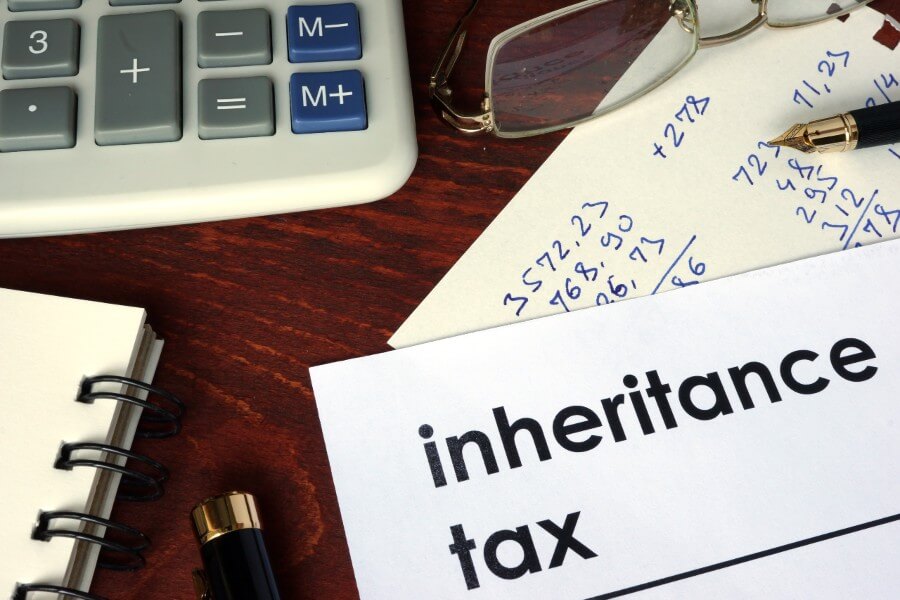HMRC Announces Updated Approach to Clearance Process and Timeline for IHT100 forms
In its recent Trusts and Estates Newsletter for April 2022, HMRC announced some changes to the processing of IHT100 forms, which changes the timelines for when those who have submitted an IHT100 form can expect the matter to have been settled. But what is an IHT 100 form, and when do you need to use one? In this article, we provide a brief overview of IHT100 forms, as well as the changes that have been recently announced.
What is an IHT100 form?
IHT100 is not a single form but a collection of forms and supplementary pages designed to be used to tell HMRC about any ‘chargeable events’, which means that inheritance tax will be due on a trust or gift.
When do you need to submit an IHT100 form?
You are required to submit an IHT100 form when a chargeable event occurs. Examples of chargeable events include if:
- You make a lifetime transfer that is chargeable to inheritance tax at the time it is made.
- A potentially exempt transfer is made, and the transferor did not survive for seven years after the transfer
- Property is given subject to a reservation
- Property ceases to be held on discretionary trusts
- The termination of an interest in possession in settled property within seven years of the death of the life tenant.
- The termination of an interest in possession in settled property arising as a result of the life tenant’s death.
- A principal charge arises on the ten-year anniversary of a discretionary trust.
- A flat rate charge arises because a special trust no longer meets the stop meeting conditions for any special tax treatment. For example, if the trust stops having charitable status or beneficiaries have reached a certain age.
Changes to the IHT100 form timeline
In the recent newsletter, HMRC announced some improvements to the timeline for dealing with IHT100 forms. After submission, HMRC will now confirm receipt of the form in writing and provide a date 12 weeks from the acknowledgement of receipt when the person submitting the form will hear from HMRC about their form submission. If the person does not hear from HMRC by this date, they can assume that HMRC has no further questions about their form submission. This updated guidance applied to forms submitted on or after 20th April 2022.
In addition, the newsletter sets out that when HMRC decides to open a compliance check into a taxpayer’s form IHT100, the body will write to the taxpayer to let them know when the compliance check has come to an end. They will not issue a standard clearance letter; if you wish to apply for clearance, you must use form IHT30.
Here to Help
If you need guidance on Inheritance Tax get in touch with Alastair Liddiard, Partner specialising in Wills, Trusts and Tax Planning, Probate and Powers of Attorney.
Please note the contents of this article are given for information only and must not be relied upon. Legal advice should always be sought in relation to specific circumstances.

